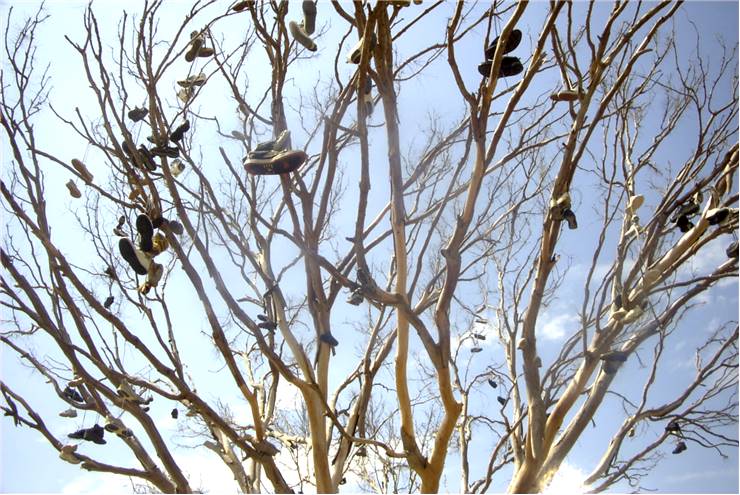History of Shoes
Shoes are the protective items that enables us to protect ourselves during various activities, comfort us in various outdoor environments, provide us with another way to express ourselves with their designs and uses that changed from ages to ages and from civilization to civilization. There were with us from the moment our first ancestors stepped outside of Africa and started spreading across the world, mixing themselves with the European Neanderthals who were by then already encased in the freezing temperatures of the last Ice Age. With the combined minds and traditions of Homo neanderthalensis and Homo sapiens, our ancestors quickly gained skills to adapt to any kind of environment, from scorching hot deserts, humid swamps, icy landscapes, mountainous cliffs, to moderate plains and lush forests. All those environments required its own dress code, with shoes playing very important part for enabling people to move, work and live more longer, safer and healthier. First archeological evidence of protective covering of the feet comes from 40.000 B.C., exactly in those times when humans from Africa came to Europe and started their expansion toward all four corners of the Earth.
After the modern human civilization appeared in the Middle-East and northern Africa kingdoms of Babylon, Assyria and Egypt, production of shoes finally started to happen on more widespread and “industrial” scale. The need of protecting feet from scorching sands gave birth to first sandals some 6 thousand years ago, and during the time of the Egypt pharaohs the first mentioning of high heeled shoes started appearing in the historical records. Even so long ago, high heel shoes started their life as synonyms for wealth, political position and social influence. As the centuries went on, trade with other European countries slowly transferred the fashion of high heeled shoes to the Greece and Rome, where they were used from highest position in their ruling classes to all the way down to the common people and even slaves. Simple wooden clogs, sandals, leather buskins, slippers, high heeled shoes and many other types of protective foot items were used during those ancient times.

While the Asian civilizations used all kinds of materials for their shoes during the early years of Middle Ages (wooden clogs with straps, canvas shoes, simple leather boots with hard soles), Europe went through real tough economic period filled with wars, famines and plagues, that forced wooden clogs onto almost entire population all until 13th and 14th century. By that time few European countries started entering into early periods of Renaissance, where influx of trade with far-away lands and sudden development of sciences and arts enabled higher class of people to start enjoying new forms of fashion, clothes and footwear.
European Renaissance and Victorian age brought many models of shoes into widespread acceptance. From the early attempts of making elevated shoes with Chopine and Pattens (introduced to continental Europe by Italian noblewoman Catherine d’Medici), to the more popular high heeled Court shoe (greatly popularized by French King Louis XIV), pointed toe shoes (which were banned after few centuries because the size of toes grew with each year and new fashion season), lightweight leather shoes, high and narrow heel shoes (popularized by Madame de Pompadour on the court of Louis XV), and Wellington boots who very quickly became accepted across entire world (most notably in United States where they were adapted into famous Cowboy boots).
During the last 700 years, there were countless fashion changes that brought and took away many types of shoes from use in Europe and entire world. In the last 150 years emergence of faster communication and new ways to faster produce clothing and shoe items brought tremendous rise of new fashion trends in Europe and United states, who quickly became leaders in production of new types of shoe designs. New materials, faster manufacture and means for widespread popularization of these items (television, radio, and newspapers) created many new types of shoes that are in use even today. The best and most popular examples of this new wave of shoes are American Sneakers who were created in early 20th century when manufacture of cheap gum soles enabled Charles Goodyear to create cheap and reliable canvas shoe that was both durable, light and silent (which was the feature that gave them their name), and steel heeled Stilettos from Roger Vivier, which enabled females to proudly showcase their femininity, sexual appeal and form of their body.
Without a doubt, shoes represent one of the most important aspects of our outdoors experience. They empower us to live and work in various environments, showcase our creativity and fashion sense and provide comfort that no other clothing item can produce. They are here to stay, and will continue to morph into new and unexpected ways until the end of time.
